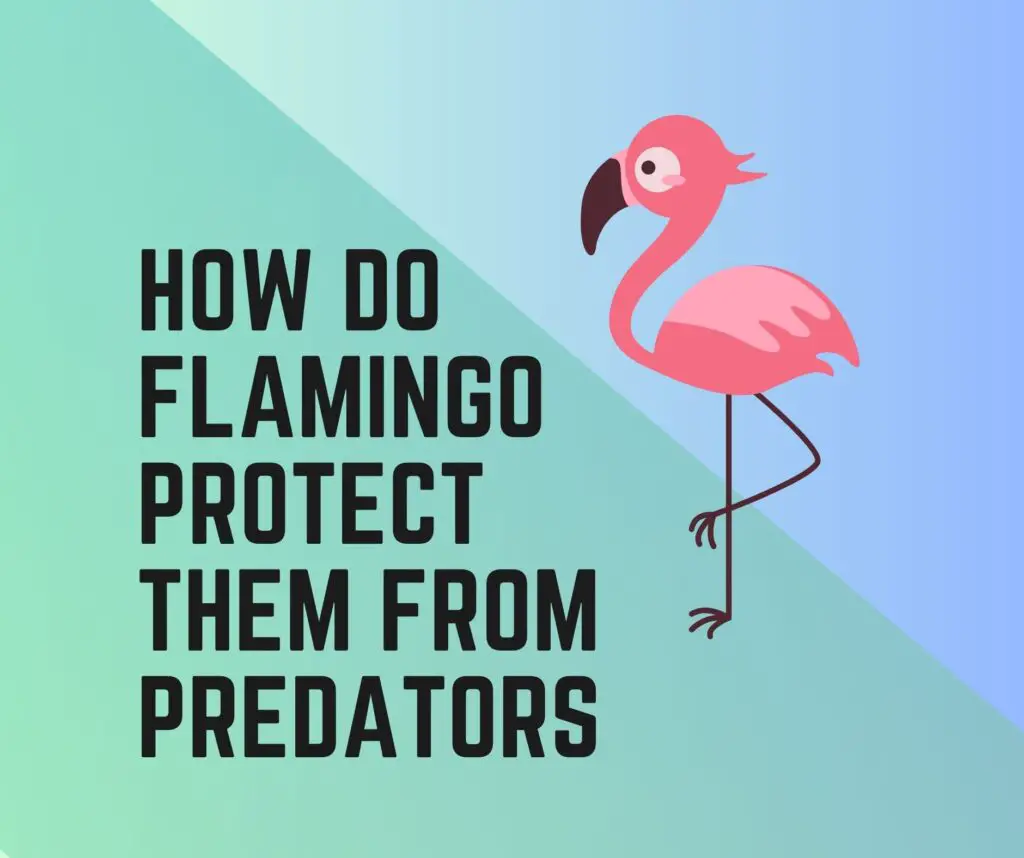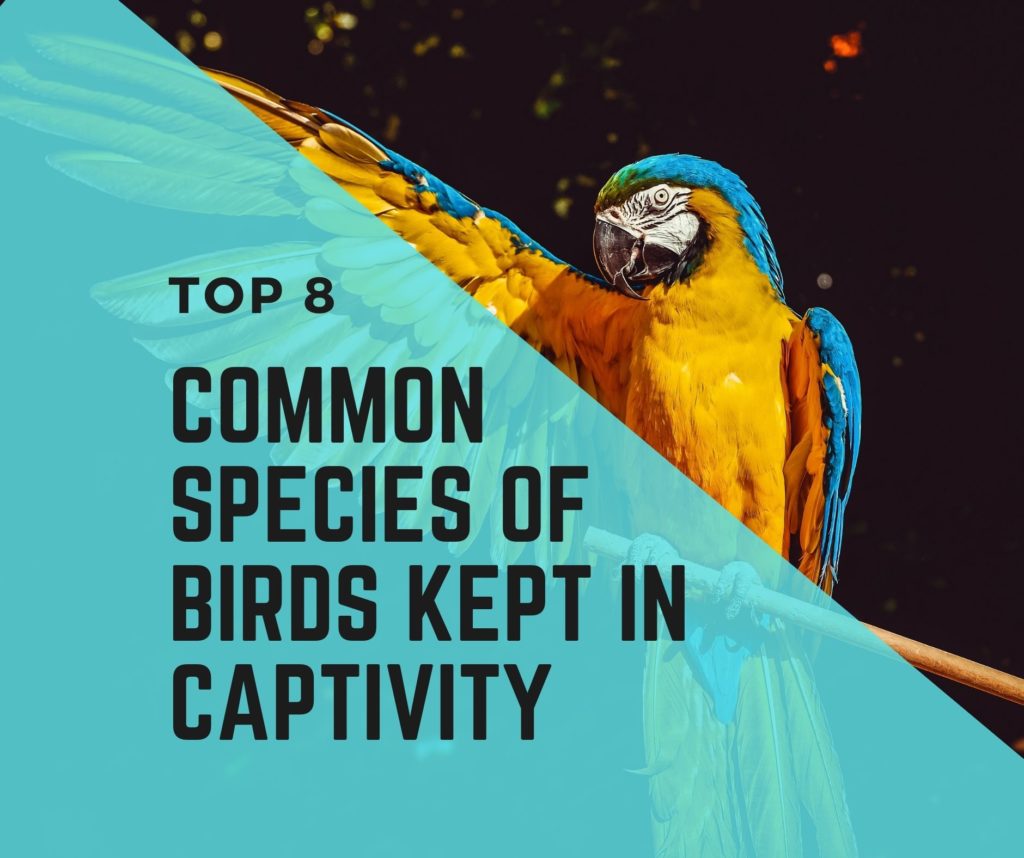Do Flamingos Protect Themselves? Flamingos, the exotic and social birds that thrive in large flocks, have evolved impressive defense mechanisms to ward off potential threats. Living in hundreds to thousands of colonies provides them a powerful advantage, as they can quickly alert one another and intimidate would-be predators. However, these majestic birds possess more than just strength in numbers to ensure their survival.
In the quest to unravel the secrets of how flamingos defend themselves, we have all that you may want to know about.
The Popular Flamingo delves into their position in the food chain. While insect larvae inhabiting flamingo waters should beware, the article shifts its focus to the other end of the spectrum – do flamingos have their own predators to worry about? Yes, they do, and here’s how they protect themselves.
Flamingo Defense Mechanisms: The Art of Survival
Flamingos boast a range of remarkable defense mechanisms, and that’s how these water birds have ensured their survival through the ages.
The key asset that helps Flamingos protect themselves from predators is incredible eyesight. Flamingos have powerful eyesights and color perception that allow them to spot potential predators from vast distances. In fact, their night vision is superior them that of humans, and they can promptly alert their flock, thus turning collective vigilance into a potent weapon.
Besides that, Flamingos also unveil their impressive physical abilities when felt threatened. Flamingos become an elusive target for their predator by taking to the air with surprising speed, thus making capture an arduous task. Not only that but since these water birds have powerful legs, they use them as formidable weapons of self-defense. Flamingos can dispatch small predators like snakes simply around with their legs.
Flamingos, however, may face challenges from humans, wolves, leopards, coyotes, hyenas, and other natural predators. These water birds are good at protecting themselves but aren’t very strong at the same.
Can and Do Flamingos Fight?
Yes, Flamingos can, and they do engage in fights. While they are usually social and calm water birds, disputes do arise within their flock, either during mating season or for establishing dominance.
However, there’s a common misconception that Flamingos use their wings for combat. Instead, Flamingos have powerful bills that they use as their primary weapons. Their beaks are incredibly strong; they can open clams and enjoy a seafood feast. Using their beaks, Flamingos display their remarkable adaptability and hunting prowess.
When it comes to intra-flock conflicts, flamingos use their beaks to establish dominance or resolve disputes. While most interactions are relatively peaceful, fights between these elegant birds can occasionally escalate to become quite intense. Similar to human behavior, some flamingos may display more aggression, while others are more passive during conflicts. Or, during fights, Flamingos lower their head, spread their wings, and then use their beak. Any such encounter means Flamingos are signaling each other to engage in combat.
Despite their graceful appearance, Flamingos will use their formidable beaks in disputes. This is a testament to their ability to adapt and survive in their natural environments.
Flamingos- List of Prey and Predators
Like any living organism, Flamingos have their fair share of prey and predators. With their unique habitat and dietary preferences, Flamingos interact with various prey and predators. Here’s a list of the same:
Flamingos’ Prey:
- Flamingos prey on algae and plankton, basically tiny organisms found in shallow waters.
- Flamingos use their specialized beaks and prey on various insects, including beetles, mosquitoes, and flies. Their beak helps them filter out insects from the water.
- Flamingos prey on small crustaceans like shrimp and small crabs.
- Occasionally, Flamingos also consume small fish species that inhabit their feeding grounds.
- Flamingos prey on seeds and aquatic plants in marshy areas.
Flamingos’ Predators:
- Hunting, pollution, human interruption, habitat destruction, pollution, and hunting of some of the biggest threats (predators) Flamingo are facing.
- Carnivorous mammals, including wolves, leopards, hyenas, and coyotes, might attack flamingos. These animals make Flamingos their prey majorly during nesting periods or when they are vulnerable.
- Some reptiles, including crocodiles and alligators found in water, are potential predators of flamingos. They prey on Flamingos when these birds move into shallow waters for feeding.
- At times, Falcons and Eagles may target weak or young Flamingos.
- Larger birds like crows or vultures act as predators of Flamingo eggs or chicks.
Can Crocodiles Eat Flamingos?
Yes, crocodiles can eat flamingos.
Flamingos who venture into shallow water, particularly in areas where crocodiles lure, can be hunted down by crocodiles.
Crocodiles are opportunistic predators, and during the nesting period, flamingos are their food source. Also, when Flamingos are not vigilant while foraging in or near water bodies, crocodiles tend to attack them.
What are Flamingos’ Camouflage Strategies?
Flamingos use different camouflage strategies and blend seamlessly with their surroundings to find protection from predators. Flamingos have a unique pink coloration that acts as a form of disruptive camouflage. It breaks up their silhouette and thus makes it harder for predators to detect individual birds within a large flock.
While foraging food in shallow water, flamingos adopt a hunched posture, lowering their bodies and necks. This helps them to appear less conspicuous and thus helps them avoid detection by potential predators.
What Are Flamingos’ Nesting Defense Strategies?
Flamingos employ several nesting defense strategies to protect their offspring. For instance:
- Flamingos naturally choose their nesting sites in remote and inaccessible areas. To reduce the risk of predation, they nest in shallow waters or islands.
- Secondly, Flamingos form breeding colonies. Doing so helps them increase their collective vigilance against predators.
- Adult flamingos take turns guarding the nests. It allows them to raise an alert quickly if danger approaches.
- Some Flamingos build their nests as tall mounds. It offers them better visibility and makes it challenging for ground-based predators to access the eggs or chicks. These nesting defense strategies maximize the chances of successful reproduction and ensure the survival of their young.
Wrapping up…
Flamingos’ impressive defense mechanisms, such as vigilance, camouflage, group cooperation, and strategic nesting, have allowed them to thrive in their habitats while evading predators effectively. Their survival strategies exemplify nature’s brilliance.

Hi, There and Welcome to BirdsNews.com, is here to help you learn and care about pet birds. and this blog is a journal of everything I’ve learned.








